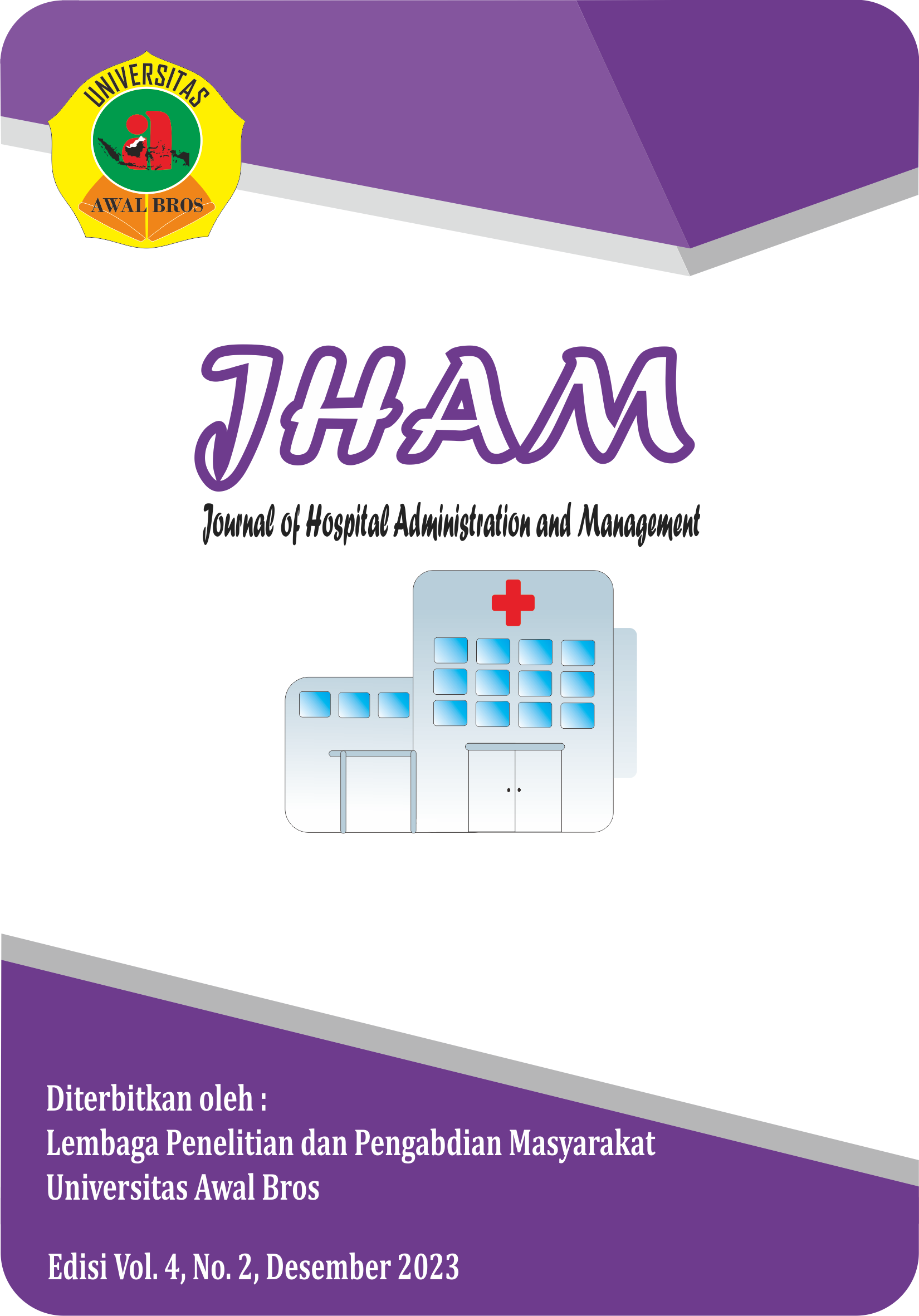EFFECTIVENESS OF CORE STABILITY EXERCISES IN IMPROVING BALANCE AND BODY POSTURE IN OFFICE WORKERS
DOI:
https://doi.org/10.54973/jham.v5i2.574Keywords:
core stability, balance, posture, office workers, EffectivenessAbstract
Office workers often experience balance and posture issues due to prolonged sitting habits. Core stability exercises are one of the methods that can be used to improve balance and correct posture. This study aims to analyze the effectiveness of core stability exercises in enhancing balance and posture among office workers. The research method used was an experimental design with a pre-test and post-test approach in the intervention group. The study sample consisted of office workers experiencing balance and posture issues. The intervention involved core stability exercises conducted over a specific period. Balance was measured using the Berg Balance Scale (BBS), while posture was assessed through postural observation methods. The study results showed a significant improvement in balance and posture after the core stability exercise intervention (p < 0.05). This indicates that core stability exercises are effective in improving balance and posture in office workers. Therefore, this exercise can be recommended as a strategy to reduce the risk of musculoskeletal disorders caused by static work patterns.
Downloads
References
American Psychological Association. (2020). Publication manual of the American Psychological Association (7th ed.). Washington, DC: Author.
Cress, M. E., Buchner, D. M., Questad, K., & deLateur, B. J. (2005). Physical activity and functional outcomes in older adults: The role of exercise in rehabilitation. Journal of Geriatric Physical Therapy, 28(2), 52-60. https://doi.org/10.1519/00139143-200528020-00004
de Souza, R. A., & de Oliveira, C. A. (2018). Effects of physiotherapy on the flexibility and mobility of elderly patients: A systematic review. Archives of Gerontology and Geriatrics, 75, 161-168. https://doi.org/10.1016/j.archger.2017.12.005
Frontera, W. R., & Ochala, J. (2015). Skeletal muscle: A new paradigm for aging, disease, and exercise training. Journal of Aging Research, 2015, Article ID 846038. https://doi.org/10.1155/2015/846038
Hsu, C., & Chou, L.-S. (2007). Effects of balance training on balance performance in older adults: A meta-analysis of randomized controlled trials. Physical Therapy, 87(1), 53-62. https://doi.org/10.2522/ptj.20060040
Kearney, J., & McFarlane, A. (2019). The role of physiotherapy in the management of musculoskeletal conditions in older adults: A review of the literature. Physiotherapy Theory and Practice, 35(3), 231-240. https://doi.org/10.1080/09593985.2018.1475827
MacIntyre, T., Igou, E., & Campbell, M.J. (2017). The role of physical activity in the prevention and management of chronic disease in older adults: A systematic review and meta-analysis. Journal of Aging and Physical Activity, 25(1), 1-17. https://doi.org/10.1123/japa.2016-0145
Shumway-Cook, A., & Woollacott, M.H. (2017). Motor control: Translating research into clinical practice (5th ed.). Philadelphia, PA: Lippincott Williams & Wilkins.














